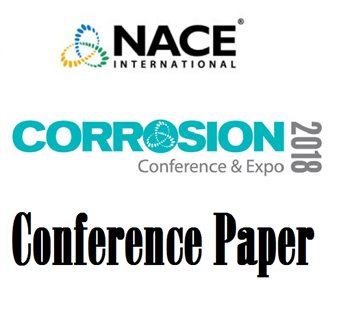Search
Combined Cathodic and Anodic Interference in Pipeline - An Analysis
Also Purchased
51318-10689-PIPELINE STRAY DIRECT CURRENT (DC) INTERFERENCE
Product Number:
51318-10689-SG
Publication Date:
2018
$20.00
51318-10656-CP Interference - Interference Testing and Mitigation of Interference Issues
Product Number:
51318-10656-SG
Publication Date:
2018
$20.00
03710 INTERFERENCE TESTING AND CASE HISTORIES
Product Number:
51300-03710-SG
ISBN:
03710 2003 CP
Publication Date:
2003
$20.00




